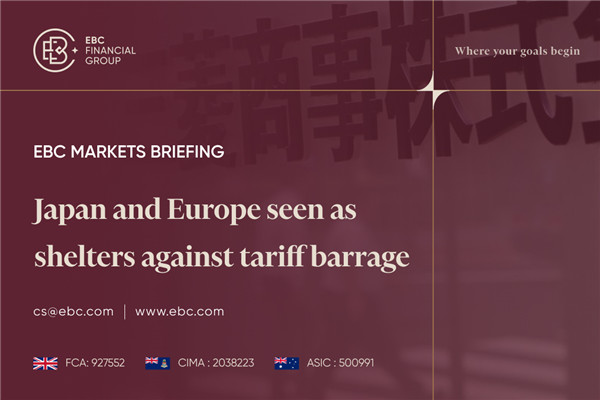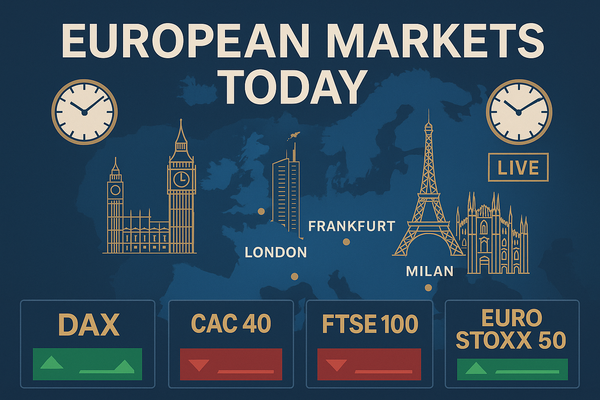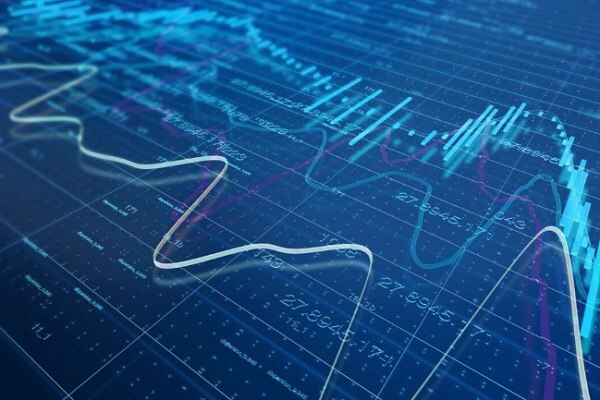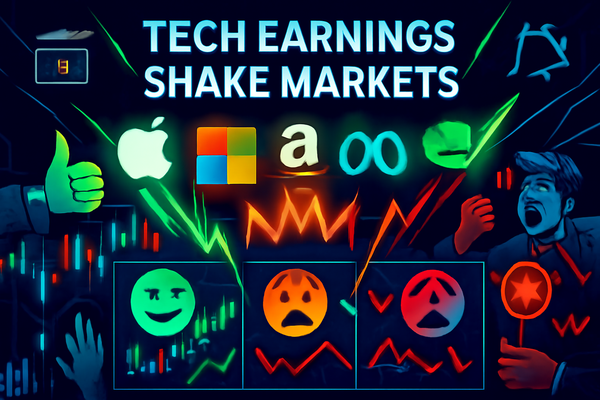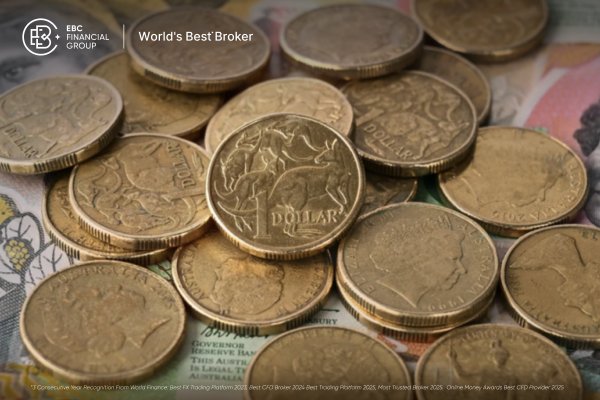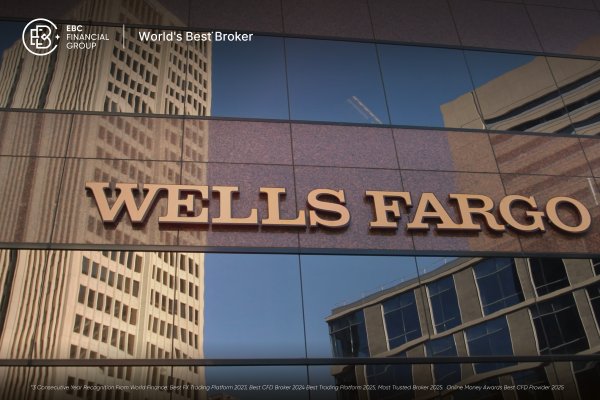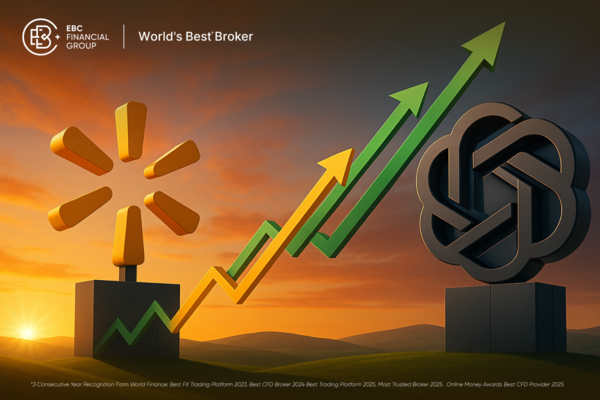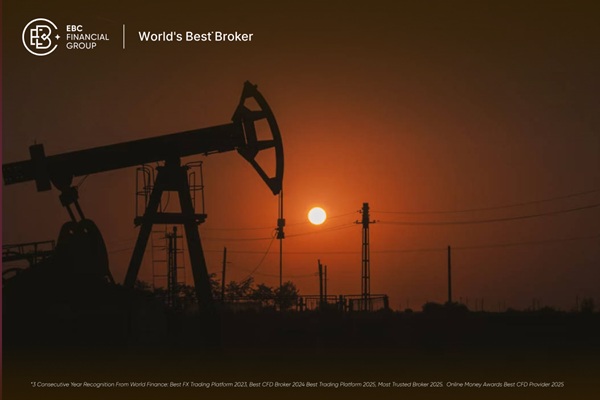The Euro Stoxx 50 Index is one of the most recognised equity benchmarks in Europe. It reflects the performance of the 50 largest and most liquid blue-chip stocks across 11 Eurozone countries.
This index is a glimpse into the economic vitality of the euro zone for both investors and traders, presenting numerous chances for speculation, hedging, or extended exposure.
In this detailed guide, we'll explore what the Euro Stoxx 50 Index is, how it works, its key components, trading strategies, and how you can get started trading it in 2025.
Understanding the Euro Stoxx 50 Index
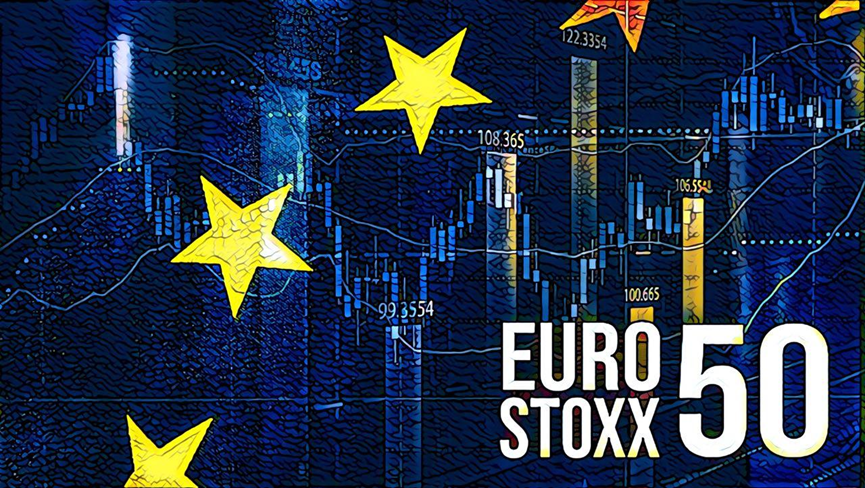
The Euro Stoxx 50 Index was launched by STOXX Ltd., a subsidiary of Qontigo, part of the Deutsche Börse Group. It is designed to represent the leading companies in the Eurozone and is often compared to the Dow Jones Industrial Average in the United States or the Nikkei 225 in Japan.
The index includes 50 blue-chip stocks from 11 countries that use the euro, including France, Germany, Spain, Italy, and the Netherlands. These companies are leaders in their respective sectors, such as financials, industrials, consumer goods, healthcare, and technology.
Because the Euro Stoxx 50 reflects broad economic sentiment in the Eurozone, it is widely followed by institutional investors, traders, and portfolio managers.
Key Facts About the Components Index
The Euro Stoxx 50 is a price-weighted index that is reviewed annually. The selection process is designed to ensure that only the most liquid and representative companies remain in the index.
Some notable features include:
Free-float market capitalisation weighting
Blue-chip representation from across the Eurozone
Sector and geographical diversification
Real-time calculation during European trading hours
As of 2025, the index includes major companies such as LVMH, ASML, Siemens, TotalEnergies, SAP, and Allianz, among others. It serves as a crucial standard for individuals seeking to engage with Europe's most impactful companies.
Euro Stoxx 50 Components
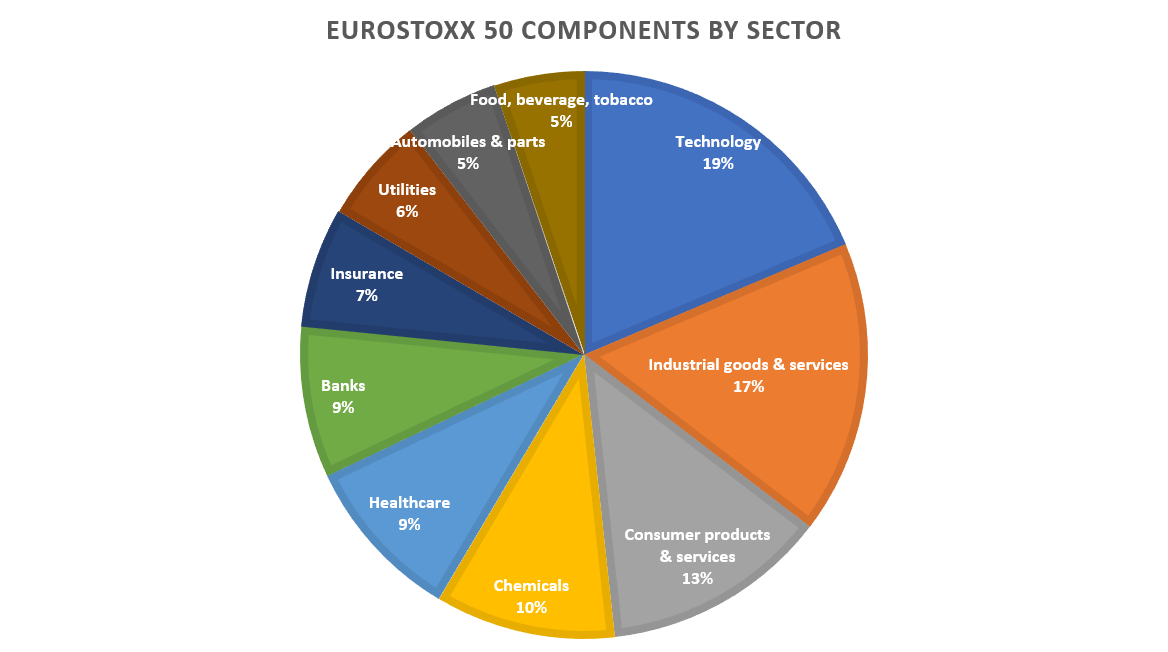
The index composition changes based on company performance, liquidity, and market capitalisation. However, the following countries typically have the most significant weight:
France: Includes companies like L'Oréal, LVMH, and Sanofi
Germany: With firms such as SAP, Siemens, and Allianz
Netherlands: Including ASML and ING Group
Spain: Represented by Santander and Iberdrola
Italy: Featuring firms like ENI and Intesa Sanpaolo
The top five sectors in the index generally include financials, industrials, consumer discretionary, healthcare, and technology. This diverse sectoral representation makes the Euro Stoxx 50 a balanced index suitable for various investment strategies.
Why the Euro Stoxx 50 Is Important to Traders
As mentioned above, the Euro Stoxx 50 serves as a barometer for the health of the Eurozone economy. When investors seek to understand the direction of European markets, this is often the first index they prioritise.
It is widely used for:
Speculative trading: Traders buy or sell the index based on expected economic data, earnings reports, or geopolitical news.
Portfolio diversification: Global investors seeking to diversify their portfolios beyond the U.S. or Asia frequently turn to this index for European investment opportunities.
Hedging: Institutional players hedge Eurozone-based equity exposure using futures and options on this index.
ETF investing: Several exchange-traded funds (ETFs) track the Euro Stoxx 50, making it a good beginner's choice.
Its liquidity and volatility make it a favourite in derivative markets such as options and contracts for difference (CFDs).
How to Trade the Euro Stoxx 50 Index

There are multiple ways to trade the Euro Stoxx 50 depending on your risk tolerance, time horizon, and investment preferences.
The easiest way for long-term investors to gain exposure to the Euro Stoxx 50 is through ETFs such as:
These funds replicate the performance of the index and are available on major stock exchanges. They are ideal for passive investors and come with lower expense ratios compared to mutual funds.
2. Futures Contracts
The Eurex Exchange offers Euro Stoxx 50 futures contracts, which are highly liquid and widely used by institutional traders. These contracts allow for leveraged exposure and are settled in cash.
Traders utilise futures to anticipate short-term fluctuations or to protect their portfolios. Futures are more complex and are better suited to experienced traders.
3. Options Trading
Options on the Euro Stoxx 50 enable the use of more sophisticated strategies such as covered calls, straddles, or spreads. These instruments are also traded on Eurex and can be used for both speculative and hedging purposes.
Contract for Difference (CFD) platforms allow you to trade the Euro Stoxx 50 without owning any asset. CFDs are accessible to retail traders and offer the ability to go long or short with flexible leverage.
Brokers like EBC Financial Group offer CFDs on the Euro Stoxx 50 with competitive spreads, real-time data, and mobile platforms suitable for both beginners and pros.
Best Times to Trade
The Euro Stoxx 50 trades primarily during European market hours, from 9:00 AM to 5:30 PM Central European Time (CET). The most active periods typically align with:
These windows offer the highest liquidity and tighter spreads, which are critical for intraday traders and scalpers. Outside of these hours, volume decreases, spreads widen, and price movements can be erratic.
Why Trade the Euro Stoxx 50 in 2025?
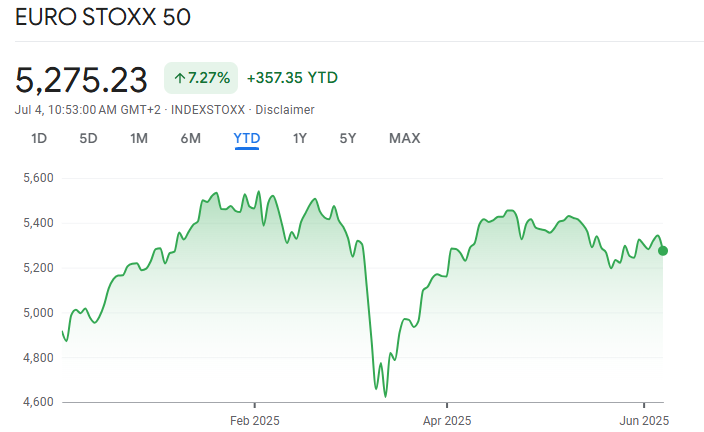
2025 presents an evolving landscape in Europe. The region is navigating:
Green energy transitions
Post-pandemic economic recovery
Geopolitical shifts
Central bank policy normalisation
Tech innovation and digital regulation
These factors generate fluctuations, trends, and pricing patterns throughout the index, providing a rich environment for both active traders and long-term investors.
The Euro Stoxx 50 is a powerful tool for capturing the essence of the European economy. Whether you're bullish on German industrials or want exposure to France's luxury sector, this index offers a diversified gateway.
Conclusion
In conclusion, the Euro Stoxx 50 Index is more than just a European benchmark; it's a dynamic trading vehicle that responds to the pulse of global and regional economies. With deep liquidity, diverse sector exposure, and flexible trading instruments, it has earned its place in the toolkit of modern traders.
Whether you trade it through ETFs, futures, or CFDs with brokers like EBC Financial Group, success will depend on your strategy, discipline, and understanding of market forces.
Disclaimer: This material is for general information purposes only and is not intended as (and should not be considered to be) financial, investment or other advice on which reliance should be placed. No opinion given in the material constitutes a recommendation by EBC or the author that any particular investment, security, transaction or investment strategy is suitable for any specific person.











